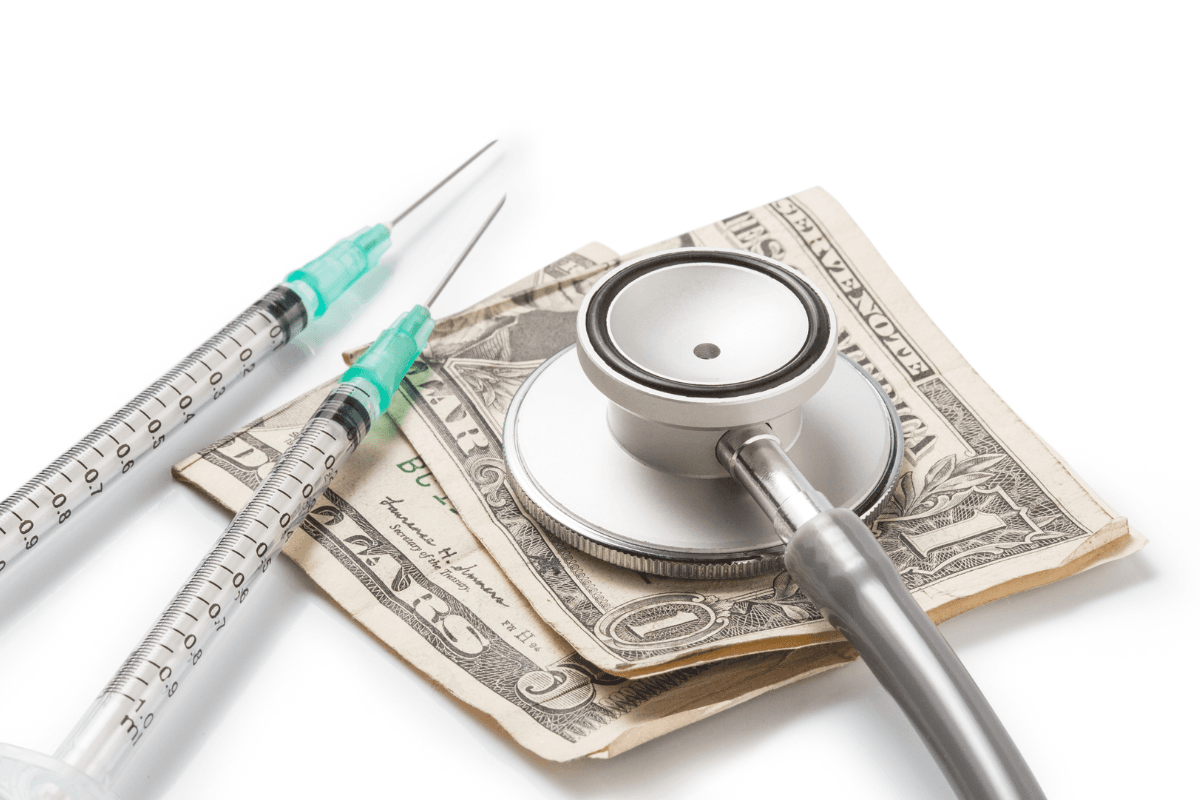Insulin glargine (long-acting basal insulin) helps steady blood sugar. Still, many patients worry about the Lantus insulin price. This guide explains the main cost drivers, how to compare formats, and ways to reduce out-of-pocket spending. Use it to plan, ask focused questions, and choose practical next steps.
Key Takeaways
- Know the format costs: vials, cartridges, and pens differ in price.
- Compare pharmacies by membership, stock, and discount participation.
- Use assistance programs, coupons, and benefits to lower costs.
- Estimate monthly use to avoid waste and unplanned refills.
What Drives the Lantus insulin price Today
Several forces shape current costs. Patented devices, supply chain markups, and dispensing fees all add to the final amount. Pens may carry higher list prices than vials due to convenience, packaging, and device components. Cartridges sit between these options and may suit people who already own compatible pen devices.
Coverage policies matter as much as list prices. Insurers place insulin glargine on different tiers, affecting copays and deductibles. Pharmacies also negotiate discounts that can change month to month. Expect variation between stores, even within the same city, and verify totals before you fill.
Retail Pharmacy Benchmarks and How to Compare
Start with membership clubs and high-volume chains. Many shoppers review costco pharmacy prices when budgeting, then cross-check with nearby chains. Some locations show lower cash quotes, while others favor insured pricing. Call ahead, confirm stock, and ask about discount card participation before traveling.
When paying cash, compare at least three outlets. Ask whether a lower match is possible and document the quote date. For broader savings strategies beyond a single medication, see Cut Insulin Costs for methods that stack. If you are uninsured, review typical cash ranges in Insulin Without Insurance to frame expectations.
Pens, Vials, and Cartridges: Format Choices and Cost Impacts
Different formats change both convenience and cost. Vials work with syringes and usually offer the lowest cash outlay per milliliter. Pre-filled pens improve dosing accuracy for many users and can reduce needle handling, but device costs increase the sticker price. Cartridges require a reusable pen body, which spreads device costs over time.
If comparing pens, ask for the price of lantus insulin pen at the pharmacy counter and confirm total units per box. Then compare that per-unit figure against vial pricing for a fair view. For device-specific details and format notes, see the product page for Lantus Solostar Pens and the vial presentation under Lantus Vial. If you use cartridges, this Lantus Cartridge Guide helps compare handling and storage.
Storage and Waste: Avoiding Unnecessary Spend
Proper storage protects supplies and prevents costly waste. Most insulin glargine products have in-use room-temperature limits and specific discard dates. When you discuss prices, also confirm labeled storage windows and shelf-life after opening. The official Lantus prescribing information details storage guidance that can help you plan refills and avoid waste; review the manufacturer’s prescribing information for exact thresholds and handling notes.
Tip: Track first-use dates on each pen or vial. This small step helps prevent discarding partially used units too early, which increases monthly spending.
Monthly Budgeting and Insurance Navigation
Build a simple monthly estimate before refilling. First, calculate your total daily units. Multiply by 30, and add a 10% buffer for variability and holidays. This quick method gives a realistic lantus cost per month that you can compare across pharmacies and formats.
Next, apply your plan’s deductible, copay tier, and any manufacturer support rules. If you switch from vials to pens, revisit unit math to avoid mid-month shortages. For uninsured shoppers, align refills with pay cycles and track receipts. This habit surfaces trends and shows where changes save the most.
Assistance, Coupons, and Free Options
Many manufacturers and nonprofits offer cost relief. If your income qualifies, review the lantus patient assistance program application and confirm document requirements. Several programs limit coverage for patients enrolled in government insurance, so read eligibility carefully. Also check whether your clinic participates in samples or local relief initiatives.
For a neutral overview of available support, the American Diabetes Association maintains affordability resources that explain savings pathways. Some patients also use discount cards or digital coupons. Verify if stacking is allowed and whether the pharmacy’s system recognizes the processor and BIN. When in doubt, ask the pharmacist to reprocess the claim with the coupon details.
Note: Manufacturer programs change. Re-check terms each year, and confirm refill limits before relying on ongoing discounts.
Location-Based Price Differences: Big Chains and Membership Clubs
Prices differ across the same chain by region and even store. Always get current quotes over the phone and note the associate’s name. When comparing big chains, you may see a lower walgreens insulin price in one district while a nearby store lists a higher cash rate. Weekend staffing and inventory can affect whether discounts apply smoothly at the register.
Membership clubs may offer competitive rates for cash customers. Some pharmacies honor discount cards; others do not. Bring the exact BIN, PCN, and group number to save time. To browse related supplies and long-acting options in one place, see our Diabetes category for product types and formats. If you are weighing higher-strength alternatives, the Toujeo Overview and Toujeo Side Effects pages provide context.
Practical Buying Steps and Checklist
Use a short checklist to control costs and reduce hassle. First, confirm your prescription details, including device and strength. Second, request live cash and insurance quotes at three stores. Third, ask whether any discount plan applies and whether they can match a current cvs lantus price from the same chain nearby. Finally, set refill reminders a week early so you have time to compare.
When considering alternatives, discuss therapeutic equivalents with your prescriber. For background on long-acting options, see the Insulin Products Guide and review featured options in Top Insulin Products to understand device differences. If your clinician recommends a switch, also compare cartridge or pen availability to avoid mid-treatment format changes.
Format Alternatives and When They Make Sense
Some patients lower spending by changing formats or brands, under medical guidance. Basal analogs may have different coverage, device costs, or discount availability. If your prescriber deems it appropriate, biosimilar-like options can sometimes reduce cash outlay without altering your dosing schedule. Always verify unit strength and device compatibility before changing.
Patients comparing options can review Basaglar and the Basaglar Cartridge article for formulation and device context. For storage specifics on Lantus vials, see Lantus Vial Stability, which explains room-temperature limits and expiry timing. Understanding these details prevents waste and helps you buy the right quantity.
For official storage and dosing device notes, the Lantus prescribing information remains the most authoritative source. Review it alongside any pharmacy handouts you receive, and keep a copy for reference.
Recap
Prices vary by format, pharmacy, and benefits. Build a monthly estimate, compare at least three outlets, and use assistance where eligible. Understanding packaging, storage, and coverage rules helps you pay less without compromising safety. Revisit quotes regularly, since pharmacy networks and discounts change over time.
This content is for informational purposes only and is not a substitute for professional medical advice.


